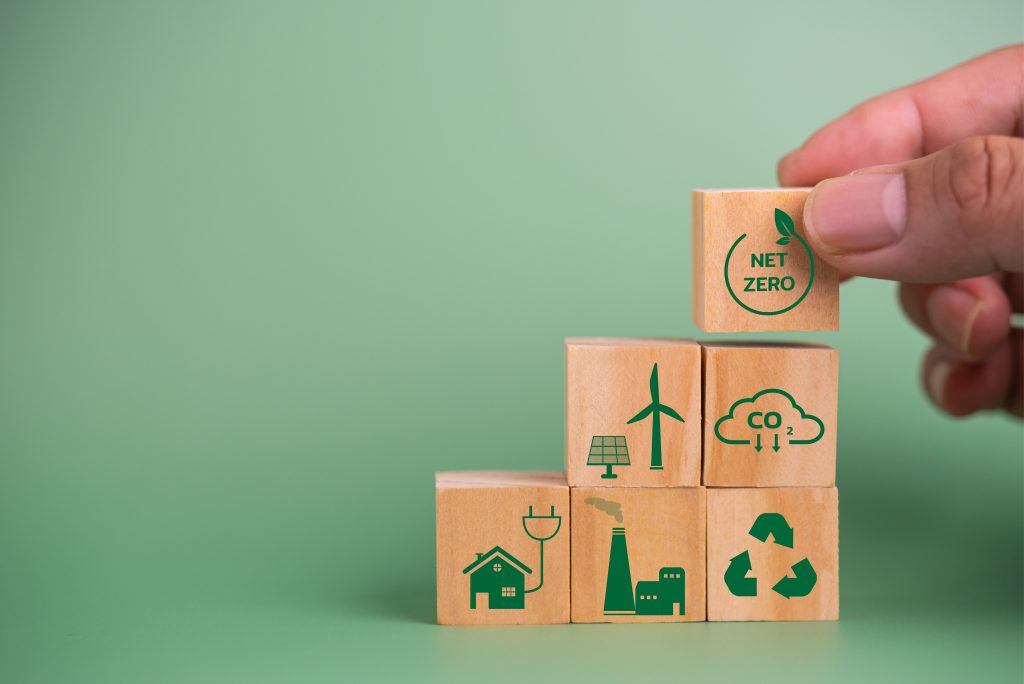
Looking At Singapore’s Pledges For COP27: Are You Ready?
The shipping industry is responsible for 3% of all global greenhouse gas emissions, equivalent to what Germany emits annually. Yet, across the globe, almost all of shipping is currently still powered by burning fossil fuels including bunker fuel and marine diesel.
Ahead of the COP 27 climate conference kicking off in Sharm el-Sheikh last week, the United Nations published a report stating that the world is on target to reach 2.8 degrees Celsius warming by the end of the century.
To help place the shipping sector on a pathway to limit global temperature rise to 1.5°, as set out in the 2015 Paris Agreement, which calls for countries to take concerted climate action to limit global warming, the United States and Norway organized the Green Shipping Challenge for COP27.
Singapore and the Green Shipping Corridor
Though progress has been slow over the past 12 months leading up to COP27 with Covid-19 being one of the key deterrents, Singapore’s push for climate change within the shipping sector is a highlight.
The Port of Singapore is partnering with the Port of Los Angeles and Port of Long Beach to establish a “green corridor” to help tackle carbon emissions from shipping between the transpacific ports.
The corridor will focus on low- and zero-carbon ship fuels, as well as digital tools to support deployment of low- and zero-carbon ships. The corridor will also aim to catalyse investment in green infrastructure.
The collaboration is the latest “green shipping corridor” partnership, which follows the “Clydebank Declaration” at last year’s COP26, during which a group of 19 countries agreed to create zero emissions shipping routes to expedite the shipping sector’s decarbonisation.
As hub ports, Singapore, Los Angeles and Long Beach will work the member cities of the C40 Cities Climate Leadership Group to “accelerate the deployment of low- and zero-carbon emission solutions, identify digital shipping programs, and develop green fuel sources for bunkering to support efficient cargo movement,” according to the Maritime and Port Authority of Singapore (MPA).
The new corridor initiatives span the globe, including the following Asia Pacific partners, regions and routes:
– Singapore-Southeast Asia
– Singapore-Australia
– LA/Long Beach-Singapore
– LA/Long Beach-Shanghai
– U.S.-South Korea
Singapore shipping and Net Zero
More broadly in tackling climate change issues, Singapore was one of the first Southeast Asian countries to submit Nationally Determined Contributions, a climate action plan to cut emissions and adapt to climate impacts under the Paris Agreement, pledging to peak its emissions by 2030 followed by a 50% reduction by 2050, and net zero as soon as possible after that.
As part of that, it has also been announced that at least $300 million will be pumped into reducing emissions for the maritime industry in Singapore over a decade.
The MPA also updated its environmental incentives- the Revised Green Ship Programme under the Maritime Singapore Green Initiative released on 22 April 2022, announced registration fee discounts for low emission vessels, and then in May, the Enhancement of the Maritime Singapore Green Initiative – Green Port Programme (GPP), was released, outlining port due cuts for ships using low or zero carbon fuel. Both incentives are to run until the end of 2024.
Specifically, the incentives include port dues that are cut by 30% for using zero carbon fuel in Singapore, 25% port dues reduction for using low carbon fuels other than liquefied natural gas (LNG), and an additional 10% port dues reduction for vessels serviced by harbour craft using low carbon fuel in port.
Risks and challenges for shipping players
While at a governmental level, there has been a concerted push, for industry players, the challenges are overwhelming. According to Captain Siva Mani Raaj, Managing Director of Clearlake Shipping Pte Ltd:

Captain Siva Mani Raaj, Managing Director at Clearlake Shipping
While the technology for cleaner fuel ships is under development, zero-carbon fuel ships at this time are not available in the market. Therefore, how these ships can and will compete with conventional fossil fuels and vessels remains unclear, these present blind spots and risks that shipping companies face in implementing decarbonisation,” he told JTJB editors.
“There is also a level of uncertainty around the availability of vessels with the right technology that can aid the decarbonisation process and the journey to net zero, for shipping players,” he added.
Another one of the key issues that shipping players face is financing. While there are now more than 200 pilot projects worldwide dedicated to carbon neutrality in shipping, major capital investments in facilities such as alternative fuel production and storage, as well as vessel manufacturing and innovation are badly needed. The total cost of a net zero carbon emission transformation stands at no less than $1 trillion.
Despite the deep unknowns, shipping players do acknowledge the need to be onboard, some have implemented standards within their operations to gradually reduce their emissions.
“We recognise the importance of playing our part in climate change, which means as part of that, our decarbonisation journey needs to happen now and not later,” said Captain Siva, whose company is a signatory to the Sea Cargo Charter, which establishes a framework for assessing and disclosing the climate alignment of ship chartering activities globally. “We have submitted an emission report which imposes a restriction that is more stringent that the Poseidon Principle. As it stands, we are working to keep our shipping fleet emissions well below the requirements,”.
There are also other solutions to help the sector transition in the short to medium-term, industry players can use resources and technology that are currently available to lower the sector’s emission levels, such as tapping biofuels as marine fuels, and investing in the development of carbon capture technology. This helps pave the way for permanent solutions including regulations and infrastructure.
“The shipping ecosystem and community need to work together on decarbonisation goals. Only with wide scale cooperation and collaboration will shipping players be able to expedite their transition or contribution to net zero. For example, carbon pricing may be more effective with mandatory regulations to encourage the private sector to invest in cleaner technologies. Market forces and economic pressure will also influence shipping speeds,” said Captain Siva.
JTJB has been advising the shipping industry for over 30 years. Based in Singapore and with offices and associated advisers in many major ports of the world, we can help with your decarbonisation journey. Speak to our lawyers for advice.
For further information, please contact:
 | Murali PanyManaging Partner JTJB Singapore Office |
|---|
